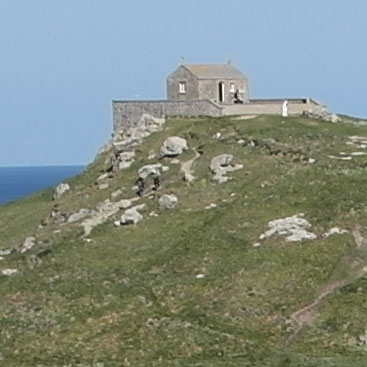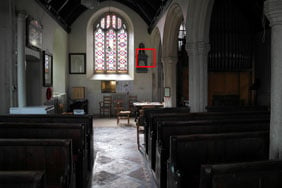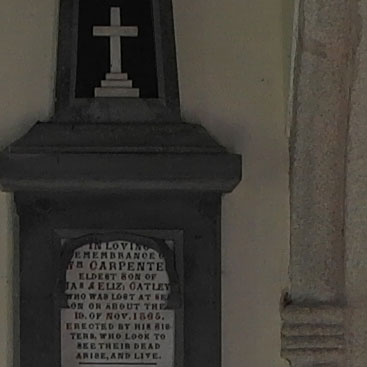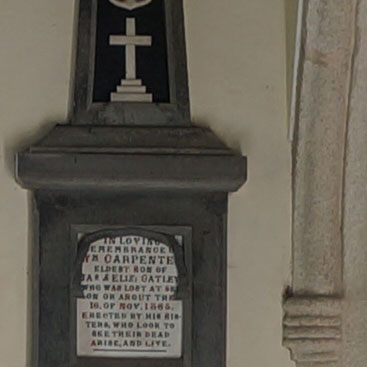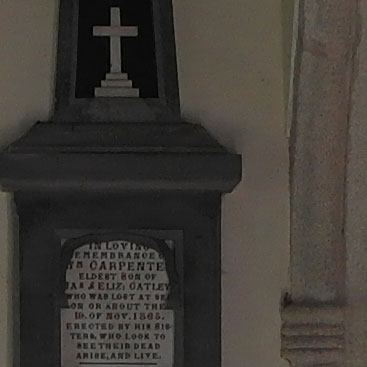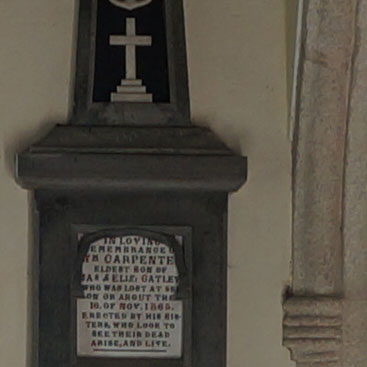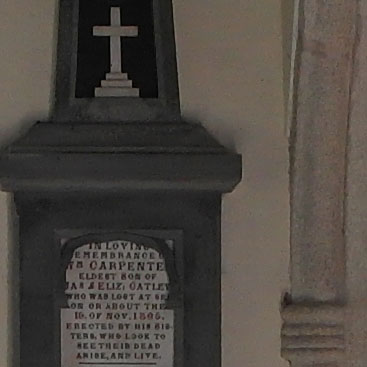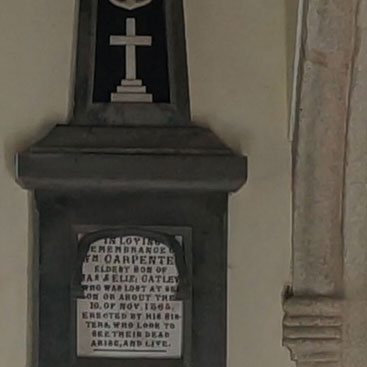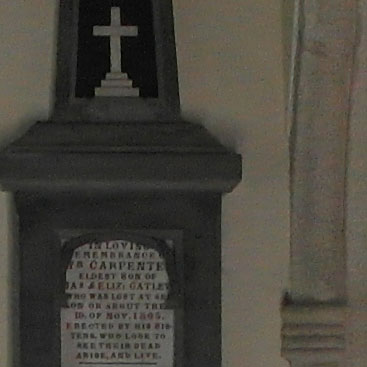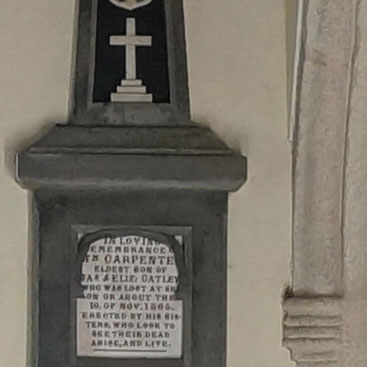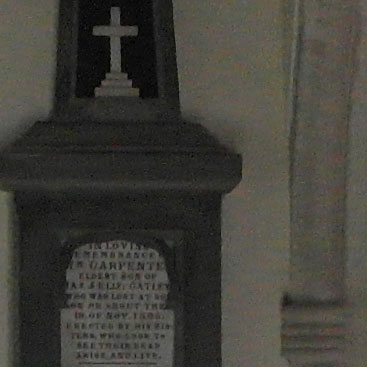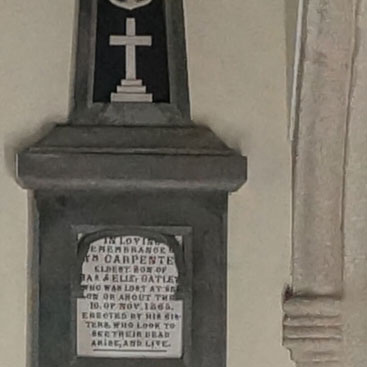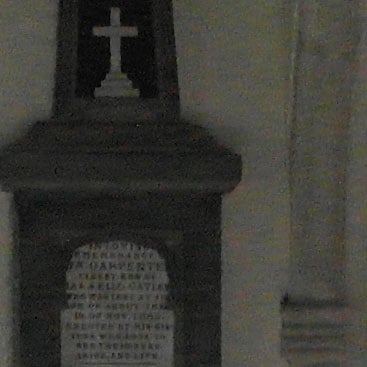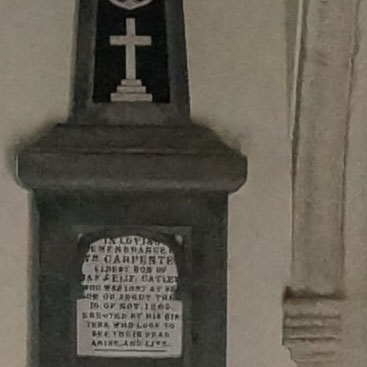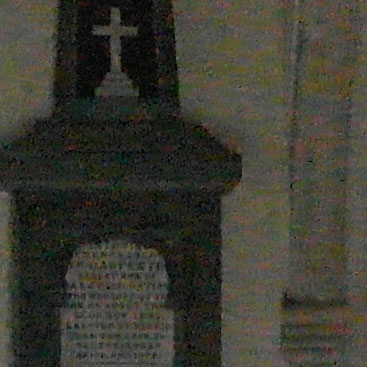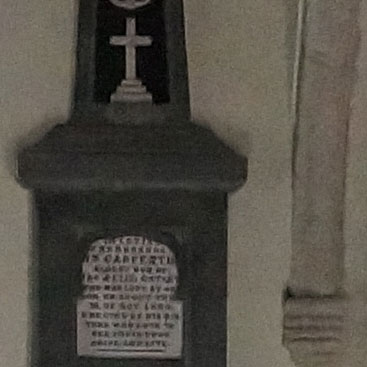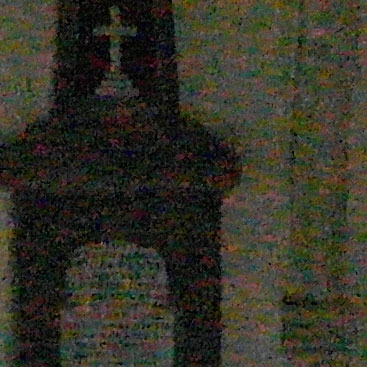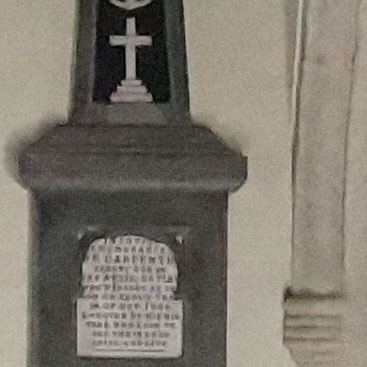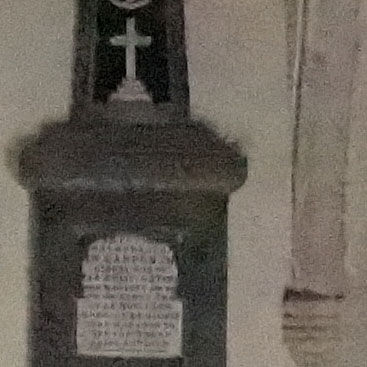Samsung NX200 review
-
-
Written by Ken McMahon
Quality
Samsung NX200 vs Sony NEX-5N
|
Samsung NX200 with 18-55 f3.5-5.6 OIS | Sony NEX-5N with 18-55 f3.5-5.6 OSS | |
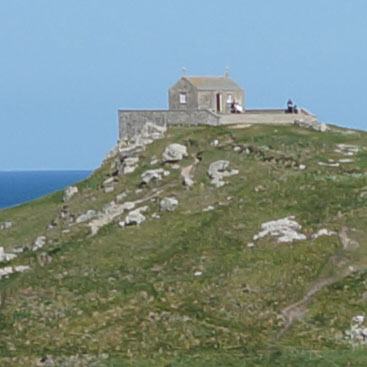 | ||
f5.6, 100 ISO | f5.6, 100 ISO | |
 | 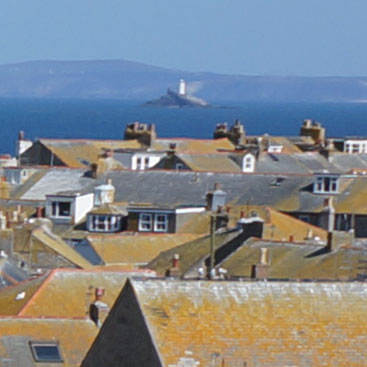 | |
f5.6, 100 ISO | f5.6, 100 ISO | |
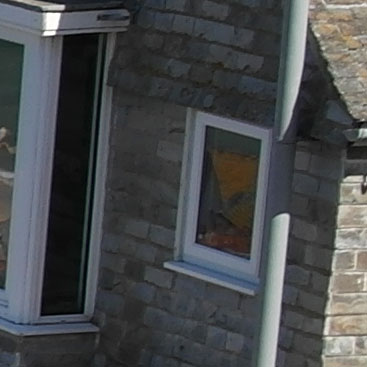 | 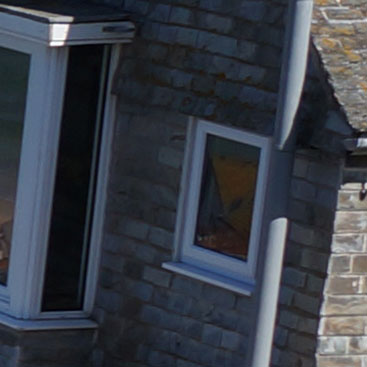 | |
f5.6, 100 ISO | f5.6, 100 ISO | |
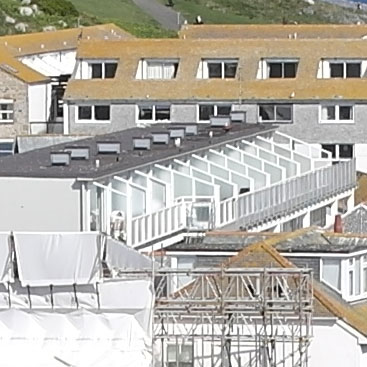 | 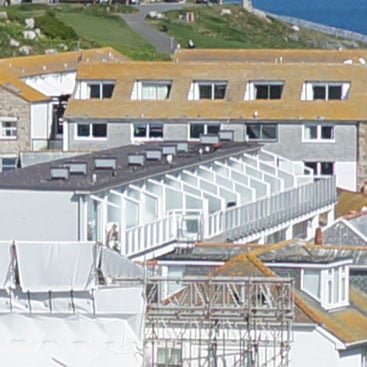 | |
f5.6, 100 ISO | f5.6, 100 ISO |
Samsung NX200 JPEG vs RAW
|
Samsung NX200 (JPEG using in-camera defaults) | Samsung NX200 (RAW using Samsung RAW converter 4) | |
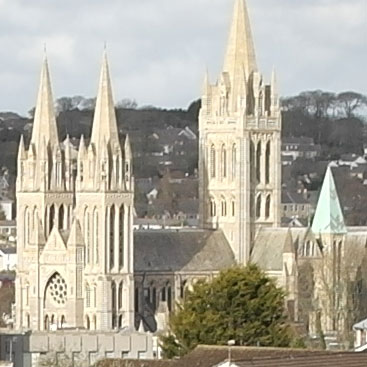 | 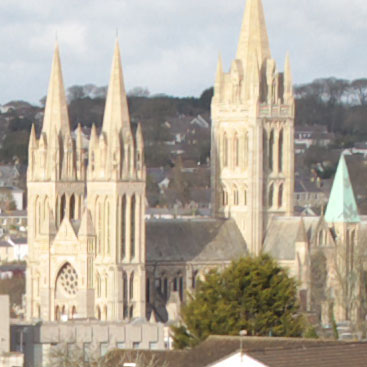 | |
f5.6, 100 ISO | f5.6, 100 ISO | |
 | 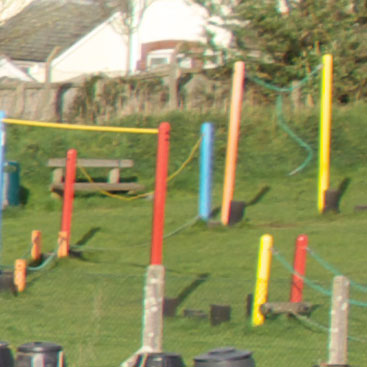 | |
f5.6, 100 ISO | f5.6, 100 ISO | |
 |  | |
f5.6, 100 ISO | f5.6, 100 ISO | |
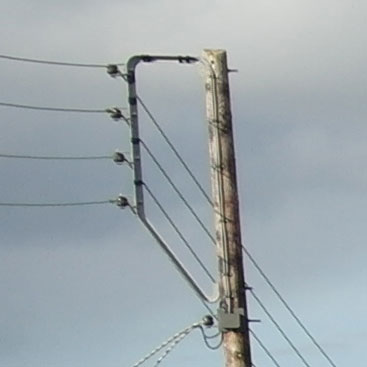 | 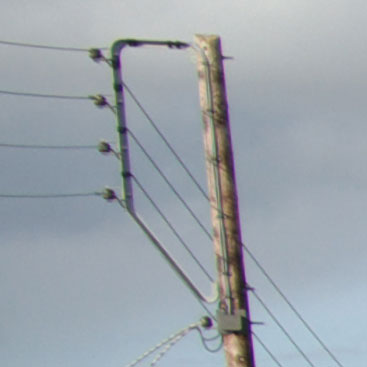 | |
f5.6, 100 ISO | f5.6, 100 ISO |
Samsung NX200 vs Sony Alpha NEX-5N Noise
The above shot was taken with the Samsung NX200 with the 18-55mm f3.5-5.6 OIS II kit lens attached. The lens was set to its maximum 18mm wide angle position. For these tests the camera was placed on a tripod and image stabilisation and tonal adjustments were disabled. The NX200 metered an exposure of 1/4 at f5.6 at 100 ISO. The 18-55mm kit lens on the Sony NEX-5N was zoomed in fractionally to give an equivalent field of view. It was also set to f5.6 in Aperture priority mode and the exposure was adjusted by +0.3 EV to deliver the same exposure. For these tests DRO on the NEX-5N was turned off. The 100 ISO crop from the NX200 will hold no surprises if you’ve already seen the outdoor test crops. Noise isn’t entirely absent, there’s a slight texture in the cream coloured wall, but you have to look hard to spot it. It’s often the case that there’s little to tell between 100 and 200 ISO crops, even on compact cameras with smaller sensors, but that’s not the case with the NX200. There’s visibly more noise in the 200 ISO crop, though, again, you won’t notice it unless you’re paying close attention at 100 percent. Look in the slight shadow on the wall between the arch on the right and the memorial plaque on the left. At 400 ISO the noise ramps up by about the same degree and it’s not quite so difficult to spot – though you still need to be looking at 100 percent to see it. The fine detail is already beginning to be affected through – and you can see the text is looking a little bit rougher in this crop. At 800 ISO there’s no argument, this is a noisy image. The noise isn’t too intrusive though and although a little bit of colour noise is starting to creep in it still looks reasonably good if a little bitty. You can’t say the same thing about the 1600 ISO crop though. The colour noise is now quite severe and small to medium sized detail is being obscured – you can still read the text, but only just. On most recent model cameras with an APS-C sized sensor the 1600 ISO senstivity would be regarded as part of the usable ISO range. You wouldn’t expect the quality to be as good as the lower sensitivity settings, but you might reasonable expect to, say, make a large print from a 1600 ISO shot with good results. The NX200 is borderline in this respect though. And at 3200 ISO the question is put beyond all doubt. To summarize, while the NX200 produced excellent results at its base 100 ISO sensitivity setting there’s a linear increase in noise with every stop increase in sensitivity and at 1600 ISO this cumulative effect is visible at less than 100 percent view. The NX200 crops make interesting viewing alongside those from the Sony NEX-5N. Even at 100 ISO the Sony crop looks cleaner with no evidence of noise whatsoever. The NEX-5N crops are slightly softer, so the text isn’t quite as legible but while the Sony crops get a little bit noisier from 100 to 400 ISO it’s very marginal. In fact the incremental increases in noise in the Sony crops is so slight that you have to go all the way to 6400 ISO before the noise reaches the same levels as in the 1600 ISO crop from the NX200. The evidence is pretty clear, if you’re looking for quality throughout the ISO range the NEX-5N is the better choice. Bear in mind too that as well as excellent high ISO performance the NEX-5N offers the Hand-held Twilight stacking mode which produces even better results, albeit with automatically selected ISO sensitivity. Now head over to my NX200 sample images to see some more real-life shots in a variety of conditions.
|
